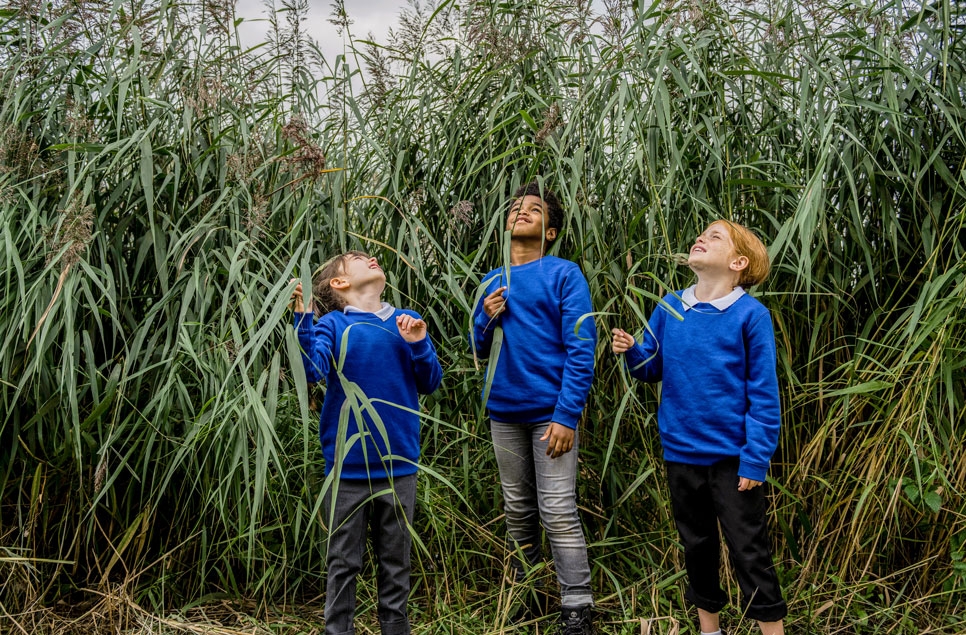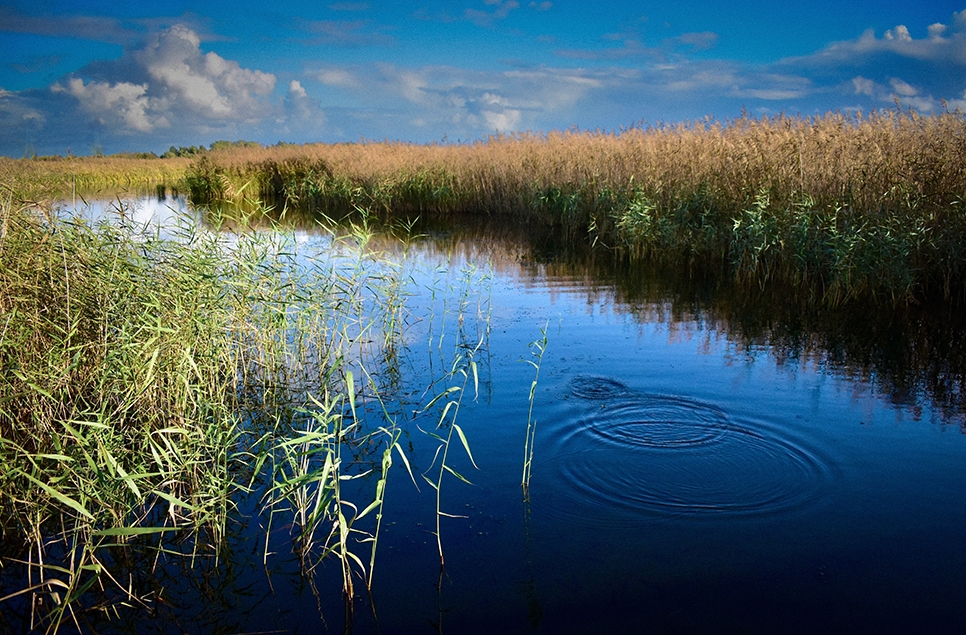Migrations series – How do birds know where to go?
Migrating birds follow predictable routes. These routes are well known; we call the one that brings wintering birds to our shores the Northwest European flyway and the one that brings summering birds the East Atlantic flyway. You can’t see them, but they
Migrating birds follow predictable routes. These routes are well known; we call the one that brings wintering birds to our shores the Northwest European flyway and the one that brings summering birds the East Atlantic flyway. You can’t see them, but they act like bird superhighways, inexorably funnelling migrants to the estuaries and wetlands of the UK and beyond.
The more we learn about these superhighways, the more perplexing they seem. More than 10,000 years ago, red knot in Canada followed the melt from the Ice Age to the British Isles. Today it would seem far safer to escape harsh conditions by inching down the coastline of North America, refuelling at estuaries along the way. But tradition is strong, and instead they follow the same route they always did even though it now means crossing a storm–tossed ocean.
What do birds use for sat nav?
We’re still discovering the precise means by which birds find their way between their breeding and wintering grounds. We do however know that most use a combination of aids.
A celestial map
Birds use the details of the sun’s arc through the sky to help them on their way. Their ability to pinpoint their route by the position of the sun and the moon suggests they may possess an internal time-management system. On clear nights, birds are even able to use the constellations to guide them, using the permanently fixed Pole Star as a key landmark.
Site Sights
Birds also make use of landmarks to guide them, hugging coastlines, following rivers and wetlands and making for key landmarks, like the Straits of Gibraltar, that offer them the shortest possible sea crossings. As the final destination approaches, it’s thought sound and smell can even play a role in the last few miles.
Magnetic personalities
Research has also shown that birds make use of the Earth’s magnetic field to guide them. Rather like having a compass built into your body, birds can instinctively know which way is north and which is south. Some birds have a mineral called magnetite embedded in their skulls, which picks up on the Earth’s magnetic forces. It’s thought that they perceive magnetism as two bright spots in their vision, the intensity of which provides them with their directional clue.
Follow the leader
A much simpler method of getting to where you need to go is to follow someone who knows the way. Young geese and swans tend to migrate with their parents on their first trip, which helps to correct any youthful navigational errors.

To loop or not?
Many birds, like the common cuckoo, follow the same route north to their breeding grounds in the spring as they followed when heading back to Africa the summer before. Others like the sand martin follow a loop migration, with two distinctly different routes to and from their breeding grounds. In the autumn it flies south over the western Mediterranean, passing to the west of the Alps, but returns back via the eastern Mediterranean passing to the east of the Alps. By altering their routes in this way birds can take advantage of changing food availability at different locations at different times of year. They can also benefit from seasonal changes in wind patterns.

Pinch points
Routes often converge at key points like mountain passes or narrow sea crossings. Crossing the sea presents the ultimate danger for a migrating bird. If something goes wrong half way across they can find themselves in serious trouble. So most avoid them whenever they can. For some, crossing the English Channel will only happen on spring migration if they are blown north by warm southerly winds, or in the case of winter migrants, escaping a cold snap on the continent. So in a cool spring or mild winter, we may find that we receive fewer visitors. To avoid a long crossing over the Mediterranean, many birds converge to cross at Gibraltar where it’s only 25 km between the coast of Europe and Africa.
Same species, different route
Sometimes the same species can follow different routes. Every red knot you see huddled on a UK estuary during autumn has its own built in satnav. Although they all look identical, they may have come here via different routes from their breeding grounds in Canada, Greenland, Iceland or Siberia. Some may feed up for only a day or two before flying on towards West Africa, others a few weeks. Even more puzzling is an estuary feeding black tailed godwit on the south coast of England. Is it a migrant from Iceland, or did it hatch at WWT Welney? The Icelandic bird will stay here all winter, but the UK raised godwit risks its life to fly to West Africa.

The birds who successfully manage to navigate to the shores of the UK rely on our wetlands for food, shelter and safety – which is why WWT sites are purposely set up on key migration hubs for wintering and summering birds. The wildlife you can see changes dramatically year on year, and the centres are designed to help you get closer to nature without disturbing it.

Never miss a thing
From binoculars to scopes, support the migratory wetland birds you love by purchasing your optics from us.
Shop optics


